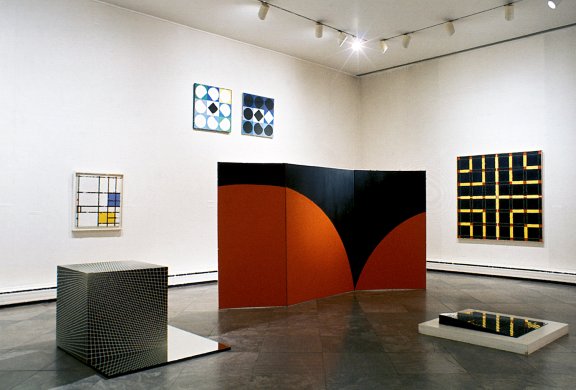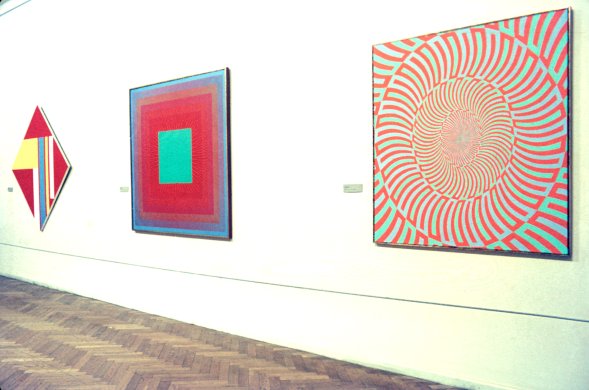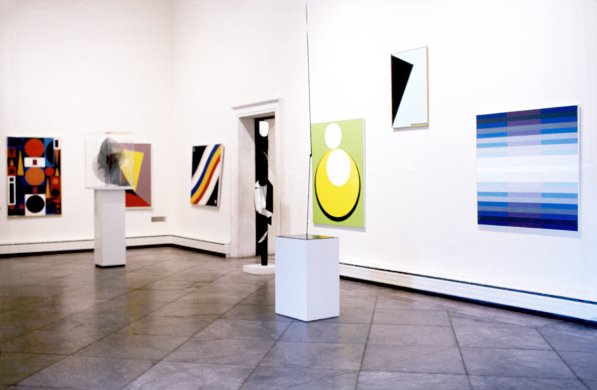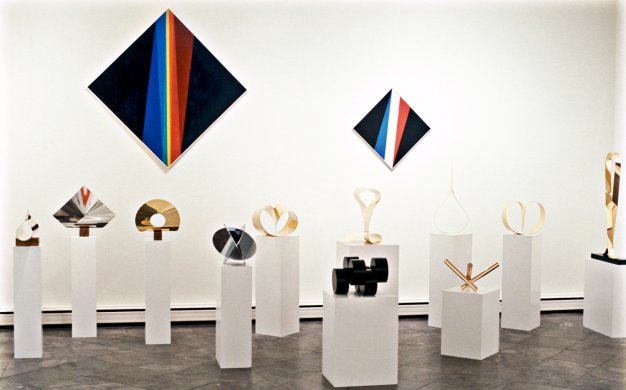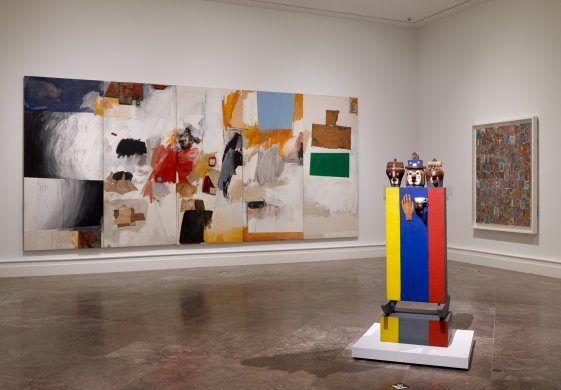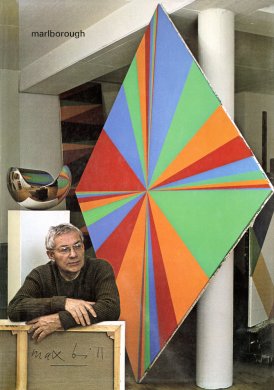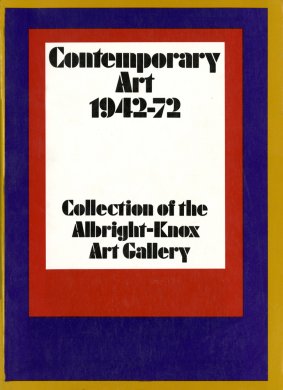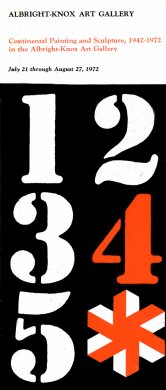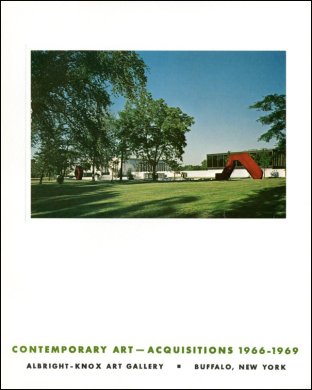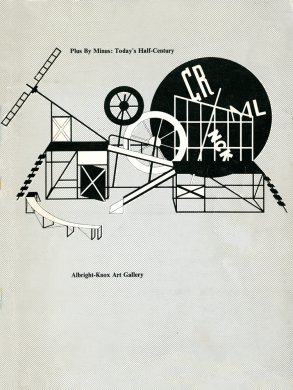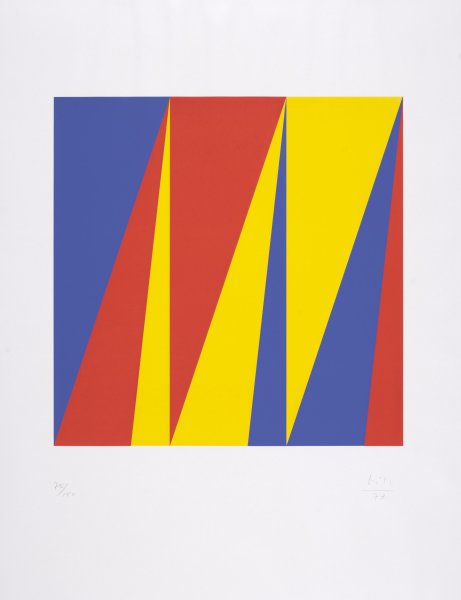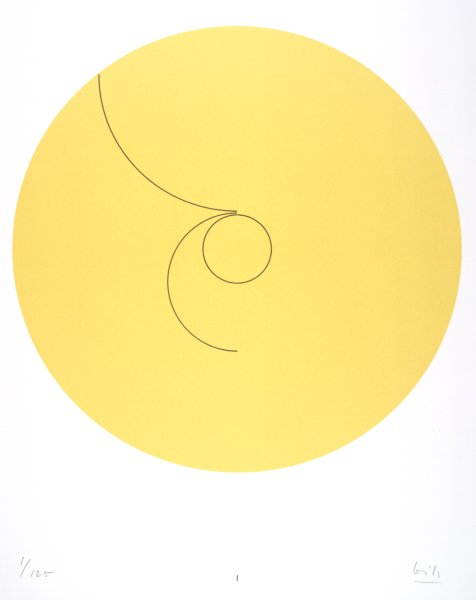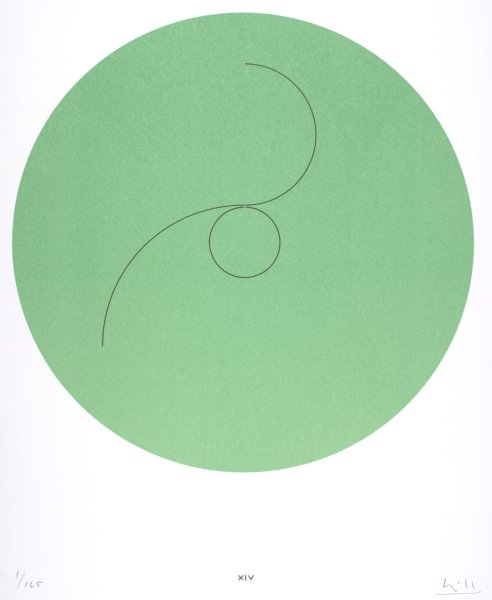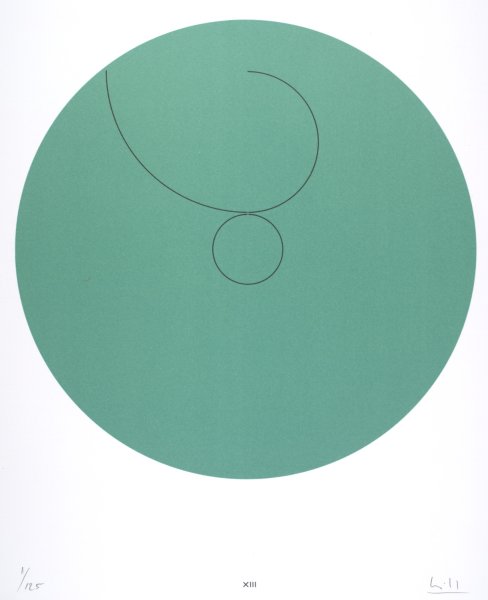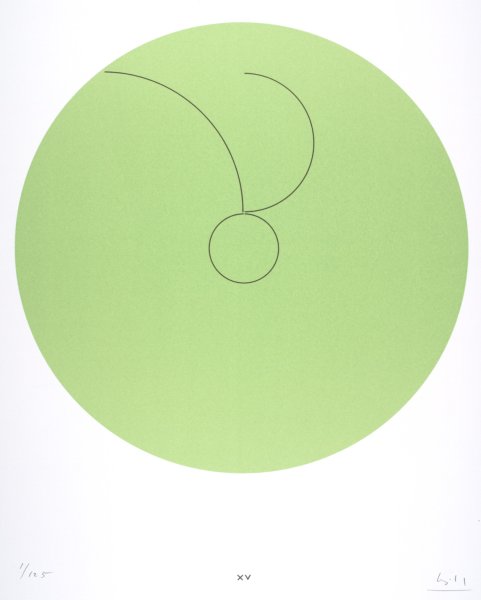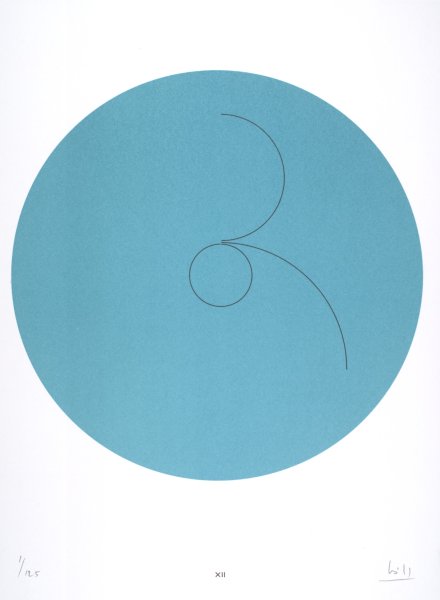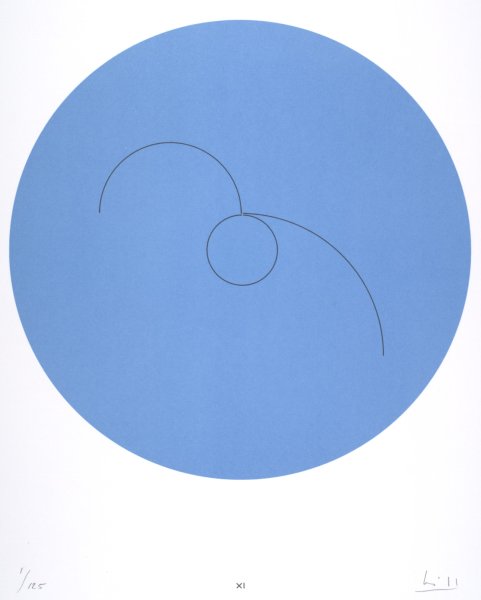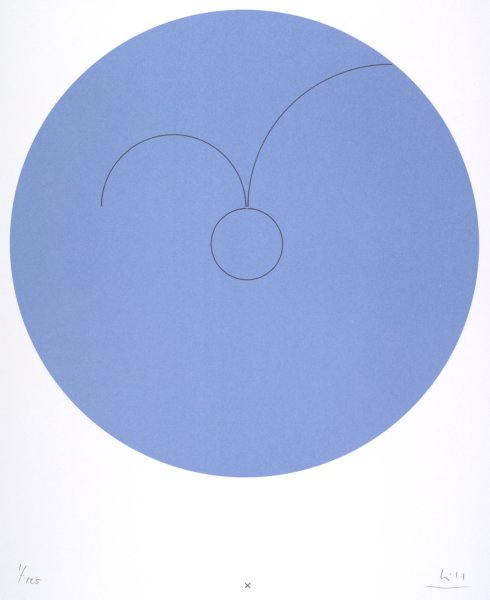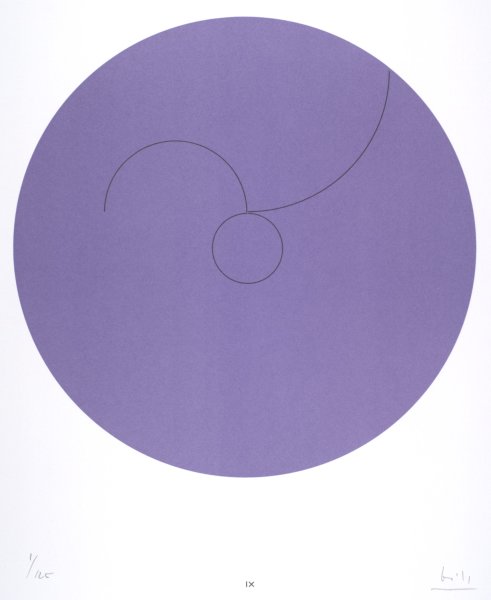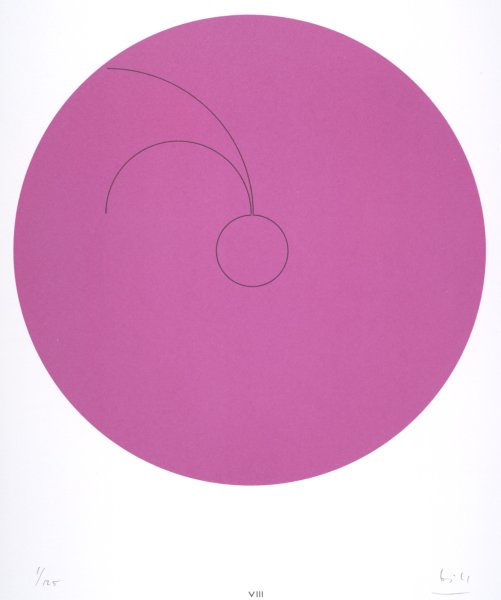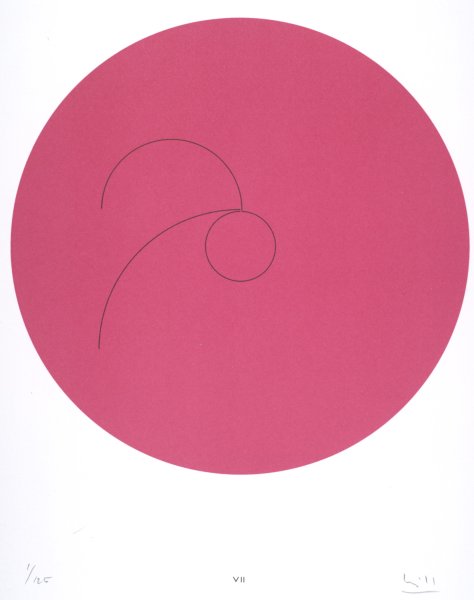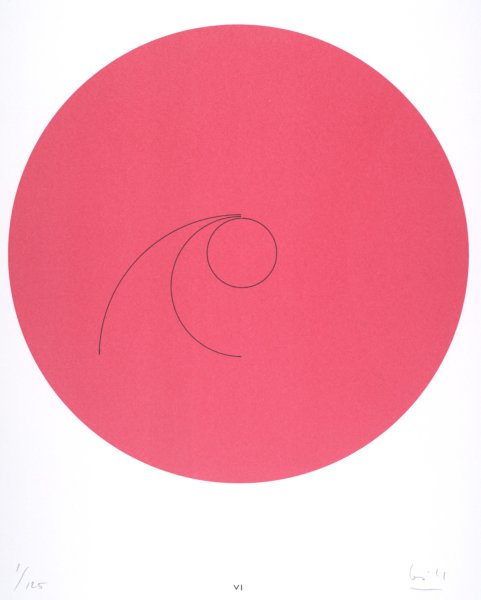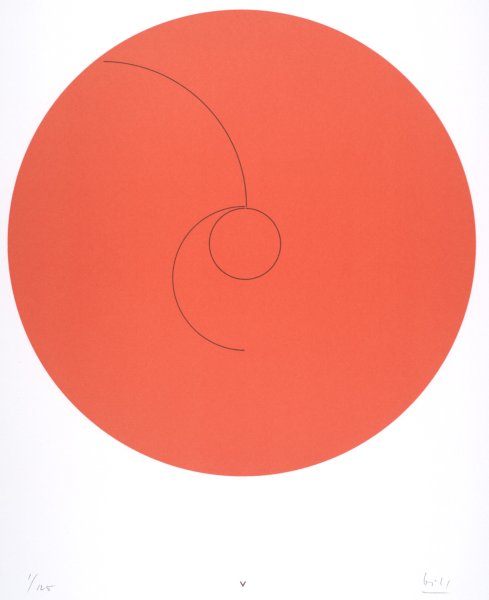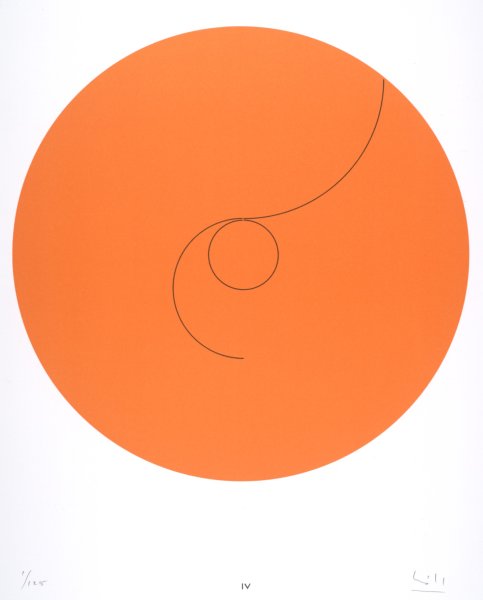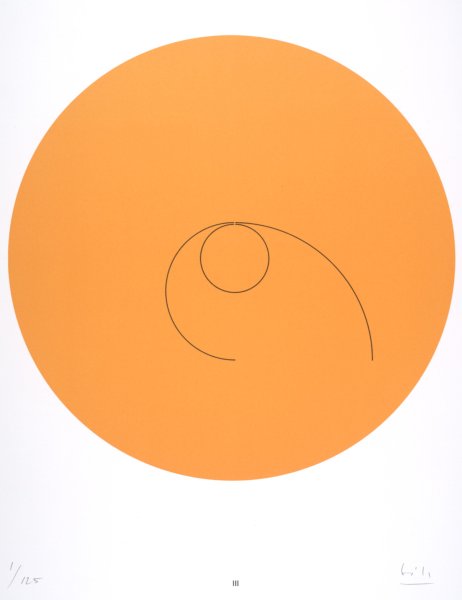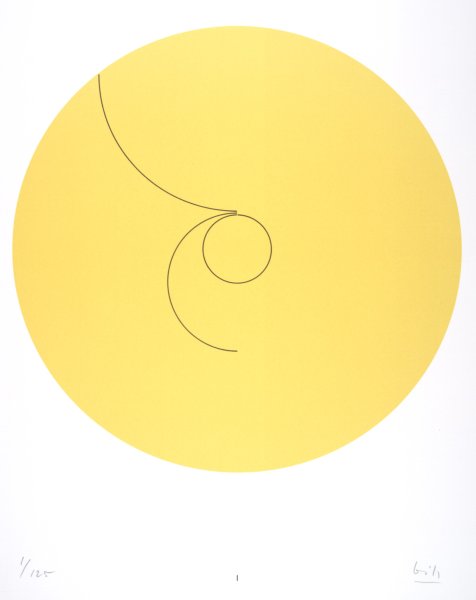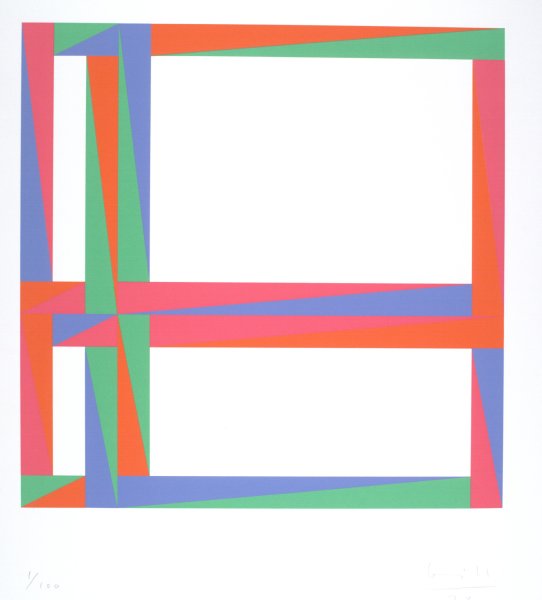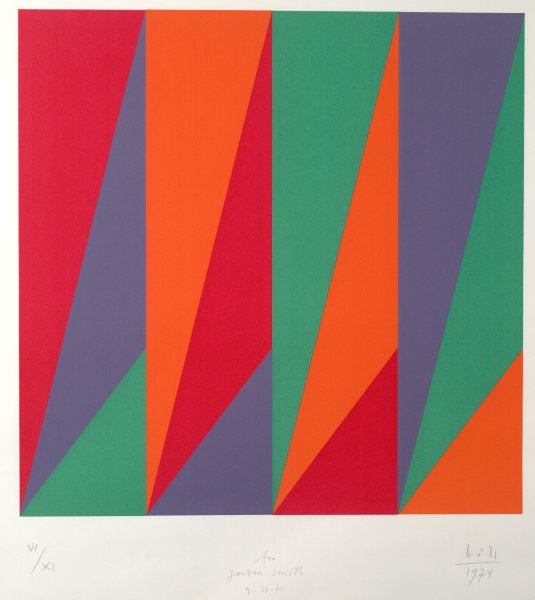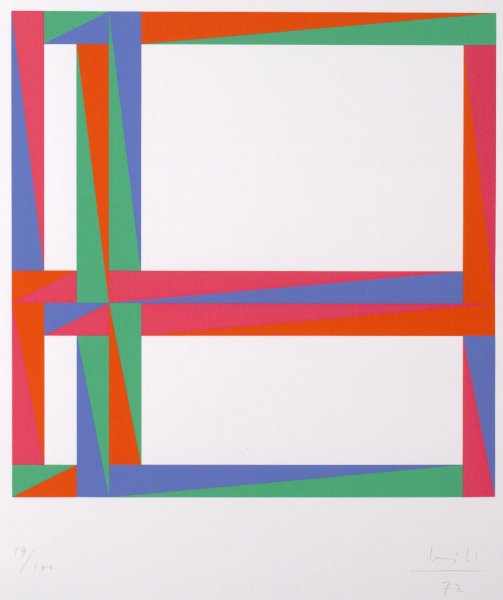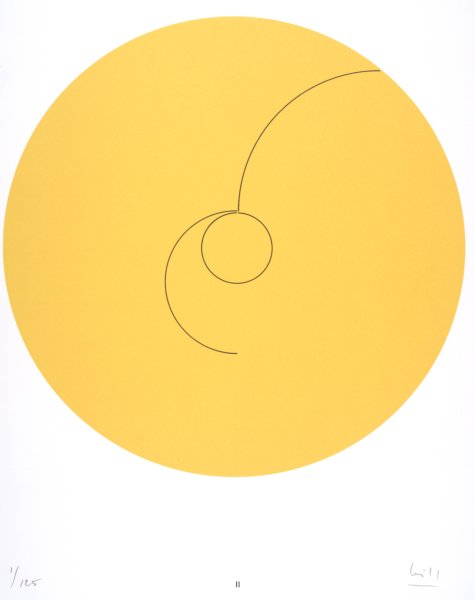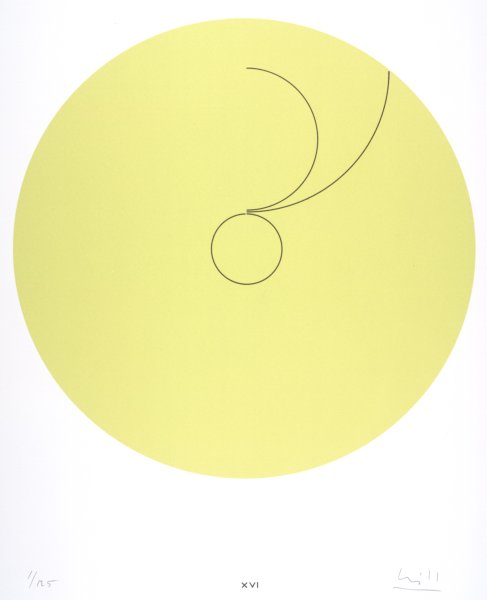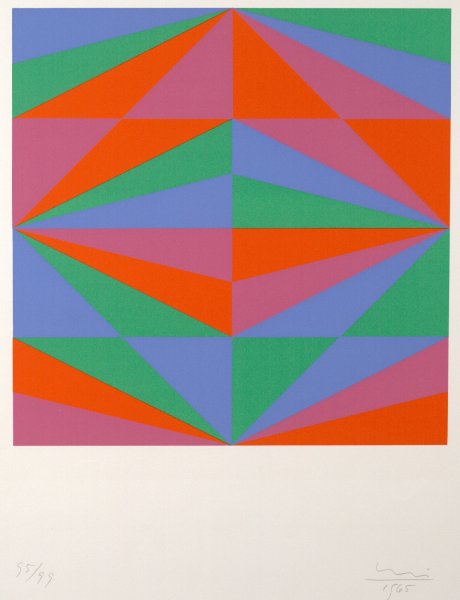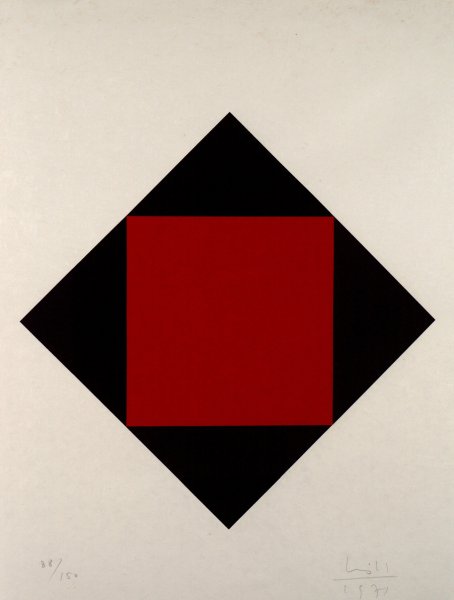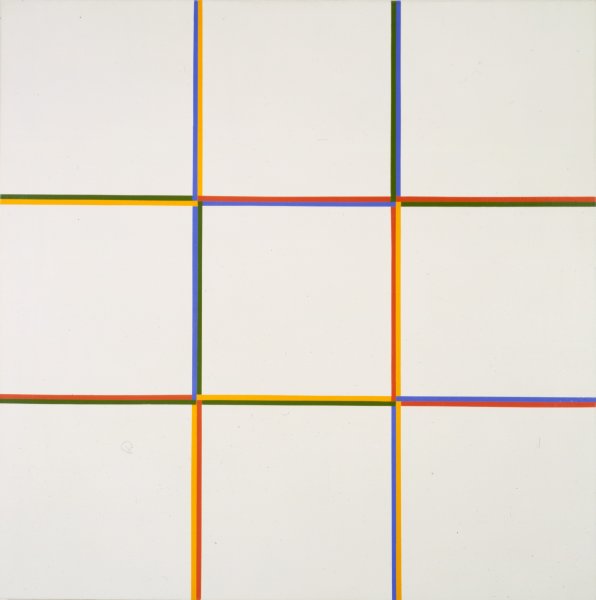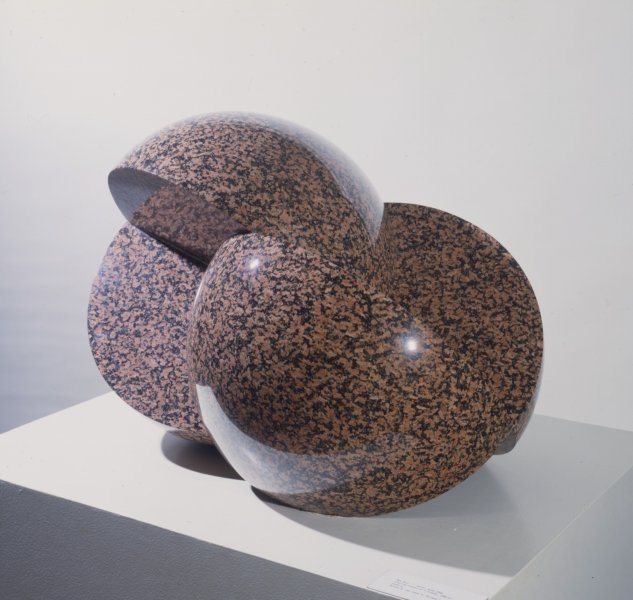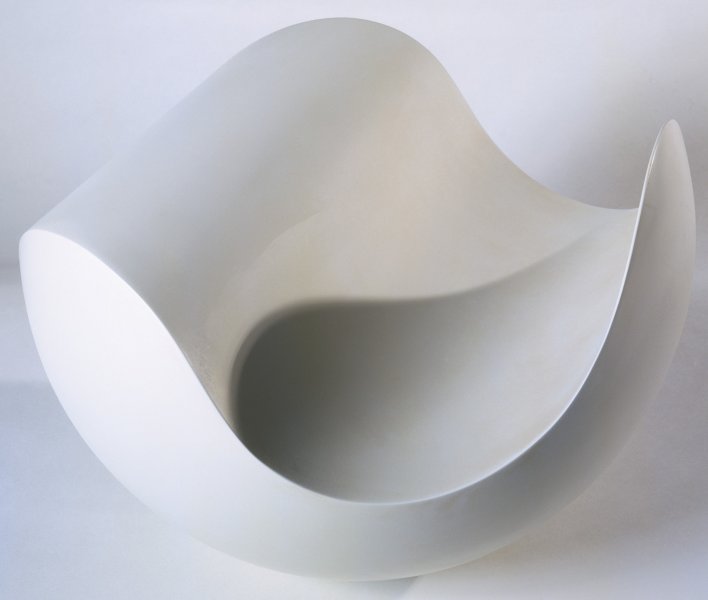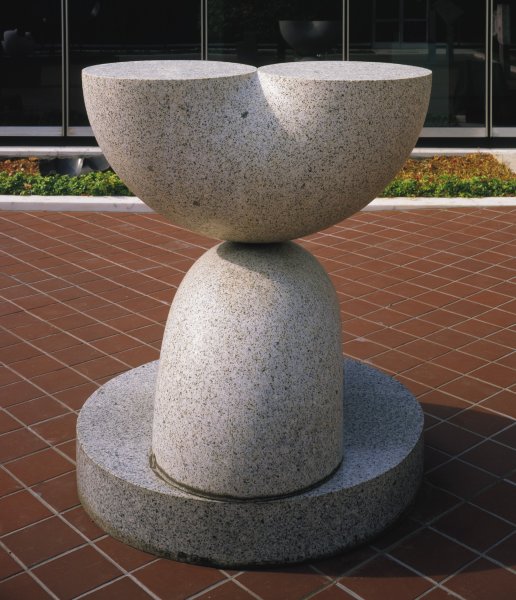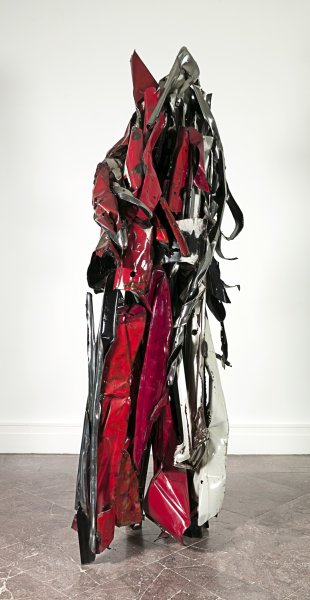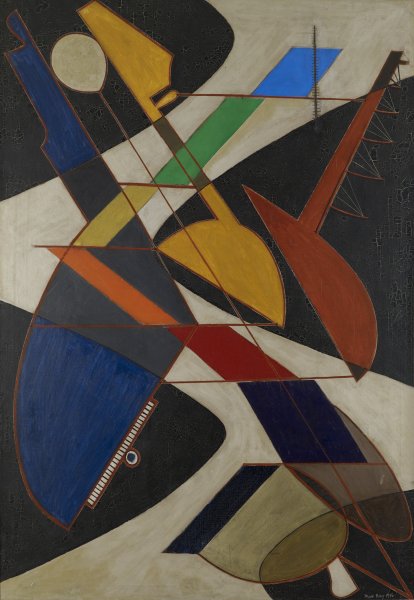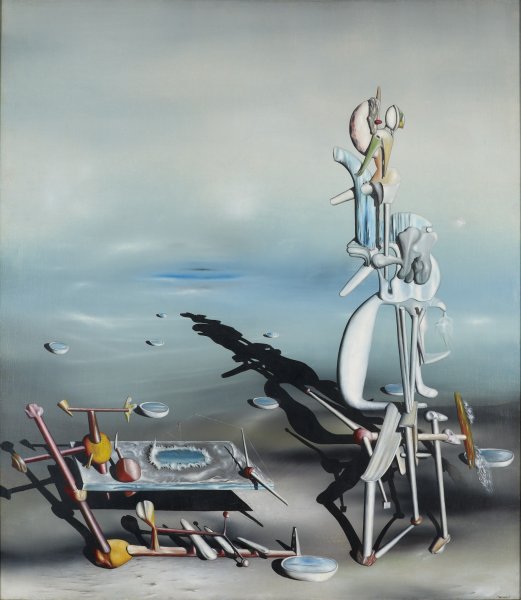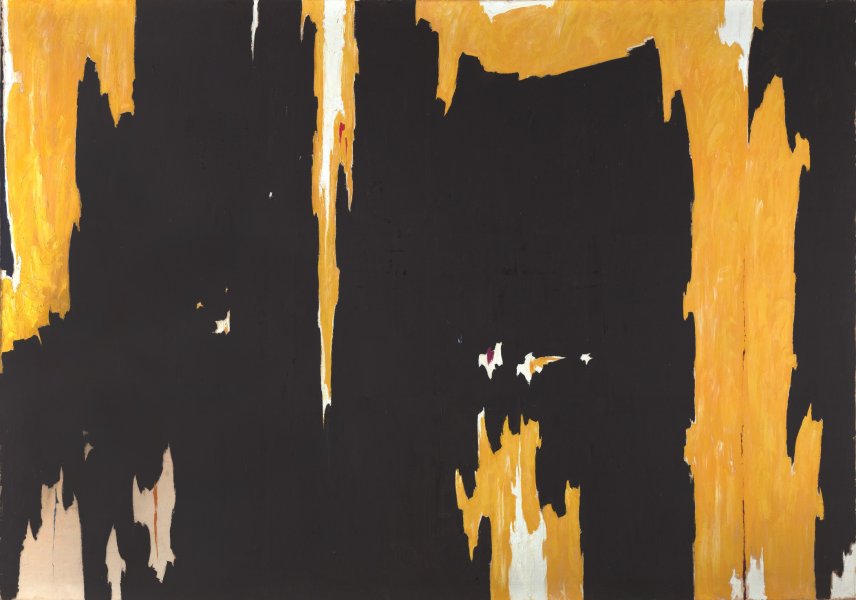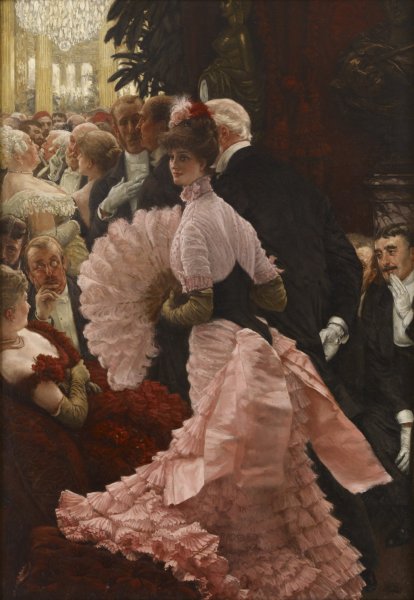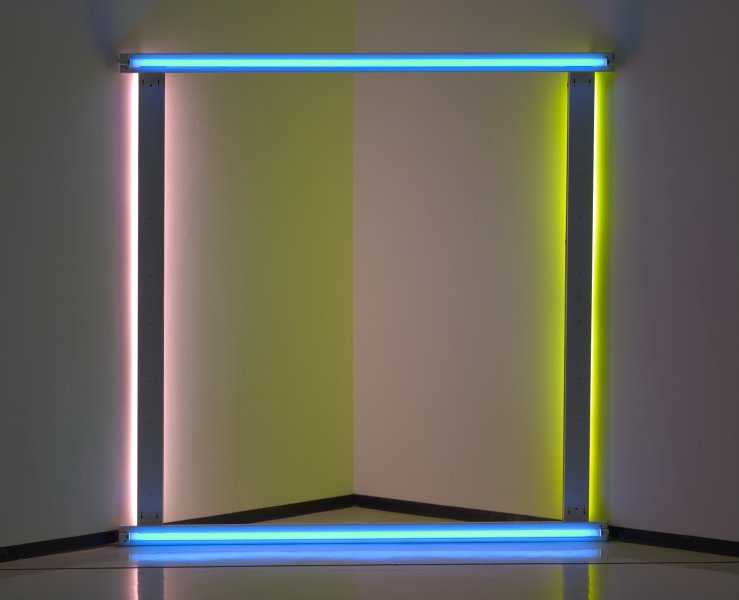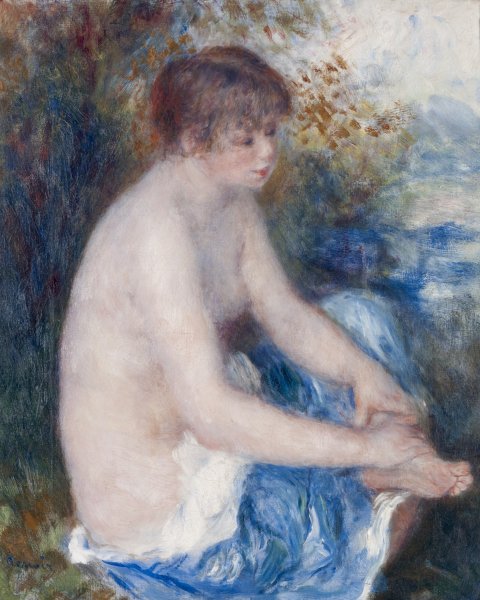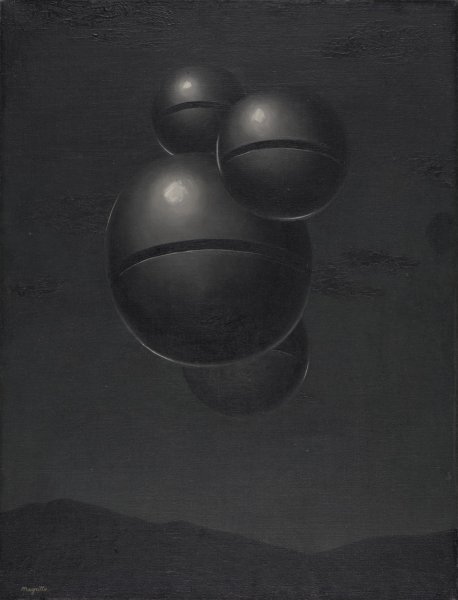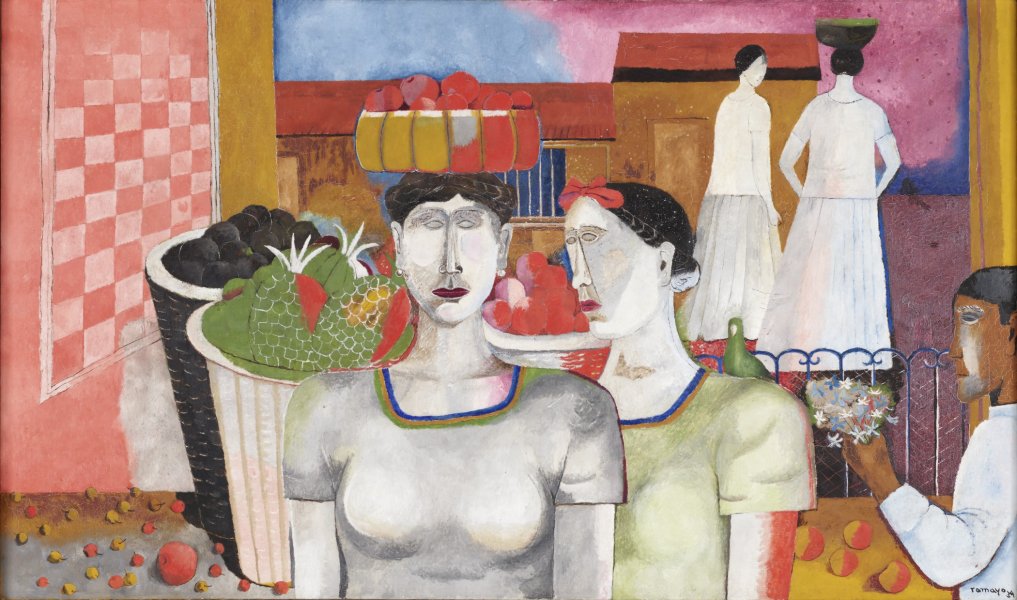Max Bill
Swiss, 1908-1994
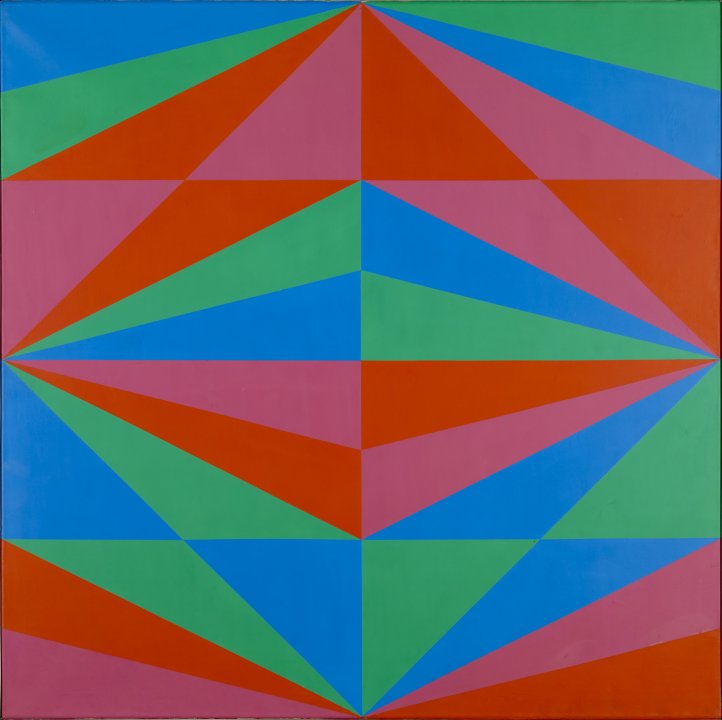
Max Bill (Swiss, 1908–1994). Field of 32 Parts in 4 Colors, 1965. Oil on canvas, 53 x 53 inches (134.6 x 134.6 cm). Collection Albright-Knox Art Gallery, Buffalo, New York; Gift of Seymour H. Knox, Jr., 1968 (K1968:9). © Estate of Max Bill / Artists Rights Society (ARS), New York / ProLitteris, Zurich
Field of 32 Parts in 4 Colors, 1965
Artwork Details
Materials
oil on canvas
Measurements
support: 52 1/4 x 52 1/8 inches (132.72 x 132.4 cm); framed: 52 5/8 x 52 5/8 x 1 3/8 inches (133.67 x 133.67 x 3.49 cm)
Collection Buffalo AKG Art Museum
Credit
Gift of Seymour H. Knox, Jr., 1968
Accession ID
K1968:9
Max Bill was a significant force in founding a core group of Swiss Concrete artists who strongly emphasized geometric abstraction devoid of figural or symbolic references. Bill’s work as an industrial designer infused his visual practice with clarity and precision, and he arrived at his compositions using basic geometry and mathematical formulas. The artist favored the square format of Field of 32 Parts in 4 Colors for its neutral quality. Bill began by dividing the picture plane into four equal quadrants that he then bisected horizontally, creating two rectangles per quadrant. Each rectangle was then split on the diagonal to form two right triangles that were divided in half as well, ultimately resulting in thirty-two individual segments. Next, Bill applied a vibrant palette of green, blue, orange, and pink so that each color was used only once among any four sets of triangles. Their edges come together to form a diamond shape in the middle of the canvas, creating the illusion of depth.
Label from Giant Steps: Artists and the 1960s, June 30–December 30, 2018
